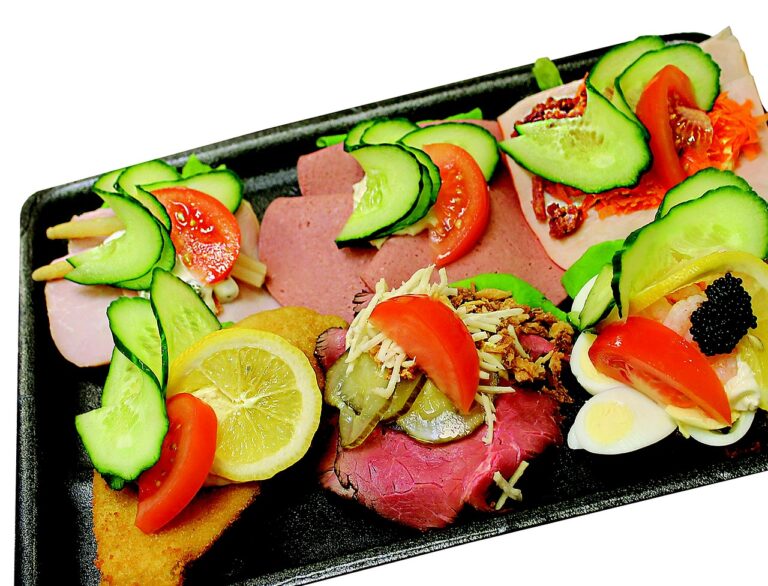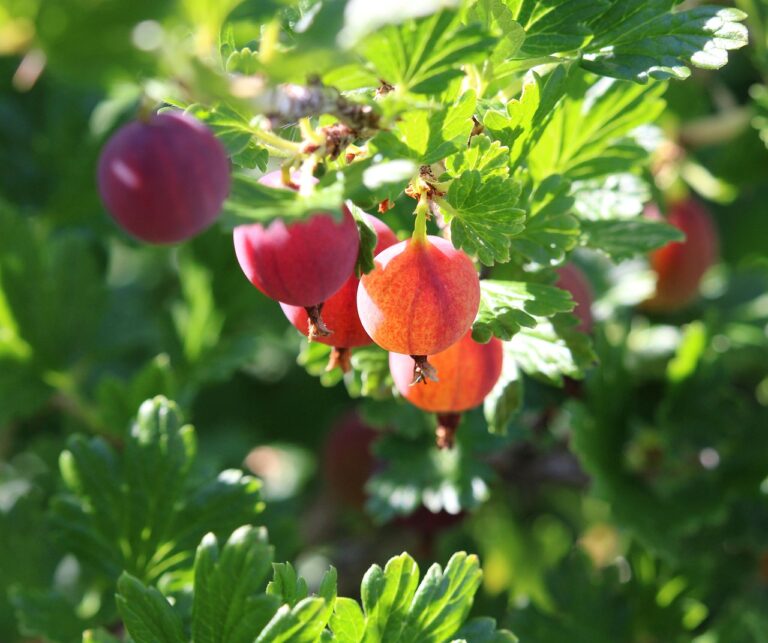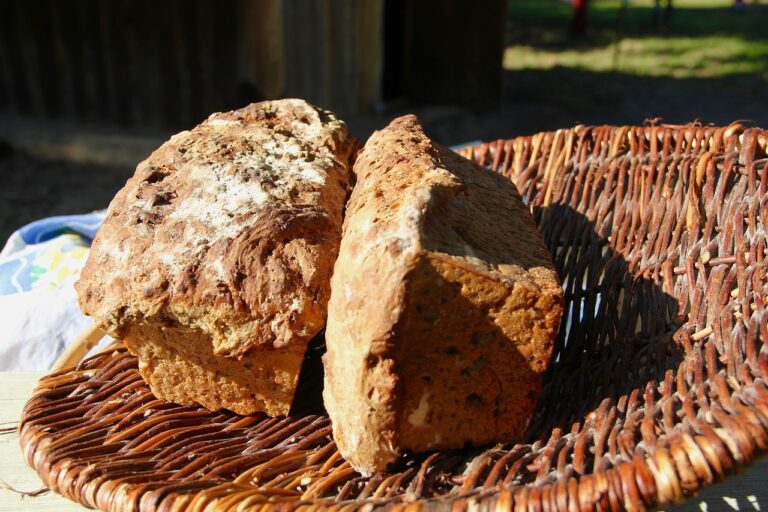The Science of Flavor Pairing: Creating Perfect Combinations.
Flavor pairing is the art of strategically combining ingredients that complement each other to enhance the overall taste of a dish. It goes beyond simply matching flavors, aiming to create a harmonious balance that delights the palate. By understanding the chemical reactions that occur when certain ingredients are combined, chefs can create complex and memorable flavor profiles that elevate their culinary creations.
The concept of flavor pairing is based on the idea that certain foods share key flavor compounds, which can result in delicious combinations when paired together. This approach involves exploring the relationships between ingredients on a molecular level to unlock new and exciting taste experiences. Whether it’s contrasting flavors to create a dynamic dish or harmonizing complementary tastes for a more subtle effect, flavor pairing is a versatile technique that allows chefs to push the boundaries of traditional cooking.
Understanding Taste Profiles
Taste profiles are the unique characteristics of a food or drink that contribute to its overall flavor. These profiles are made up of various elements such as sweetness, sourness, saltiness, bitterness, and umami. Each taste profile plays a significant role in determining how we perceive the flavor of a certain dish or beverage.
Understanding taste profiles is crucial in the culinary world as it allows chefs and food enthusiasts to create well-balanced and delicious dishes. By mastering the art of combining different taste profiles, one can create harmonious flavor combinations that tantalize the taste buds. Experimenting with various taste profiles is key to achieving a satisfying culinary experience.
• Sweetness: This taste profile is often associated with sugary foods and beverages, providing a pleasant sensation on the palate.
• Sourness: Sour taste profiles can add a tangy or acidic element to dishes, balancing out sweetness and enhancing overall flavor complexity.
• Saltiness: Saltiness enhances other flavors in a dish and can also help to bring out natural flavors in ingredients.
• Bitterness: Bitter taste profiles can add depth and complexity to dishes, offering a contrast to sweeter elements.
• Umami: Known as the fifth taste, umami adds savory richness and depth to food, creating a satisfying culinary experience.
The Role of Aroma in Flavor Pairing
Aroma plays a crucial role in flavor pairing as it has the power to enhance or diminish the overall taste experience of a dish. As we consume food, our sense of smell is activated, creating a harmonious relationship between the aroma and taste of a dish.
The aroma of a food item can evoke memories and emotions, influencing how we perceive its flavor. By strategically pairing aromatic ingredients that complement each other, chefs can create a multi-dimensional sensory experience that delights the palate.
What is flavor pairing?
Flavor pairing is the practice of combining different foods based on their complementary flavors to create a harmonious and balanced overall taste experience.
How do taste profiles influence flavor pairing?
Taste profiles refer to the different flavor components that make up a food or ingredient, such as sweet, salty, sour, bitter, and umami. Understanding the taste profiles of ingredients is key to successful flavor pairing.
How does aroma play a role in flavor pairing?
Aroma is a crucial component of flavor perception, as our sense of smell greatly influences our overall taste experience. Aroma can enhance or complement the flavors of foods when paired together thoughtfully.
Can aroma alone affect the perception of flavor in a dish?
Yes, aroma can play a significant role in how we perceive the flavor of a dish. A strong and appealing aroma can enhance the overall taste experience, even before the food is tasted.
How can one enhance aroma in flavor pairing?
To enhance aroma in flavor pairing, one can experiment with using aromatic ingredients such as fresh herbs, spices, citrus zest, or aromatics like garlic and onions. Cooking methods that release aromatic compounds, such as roasting or sautéing, can also help enhance aroma.







